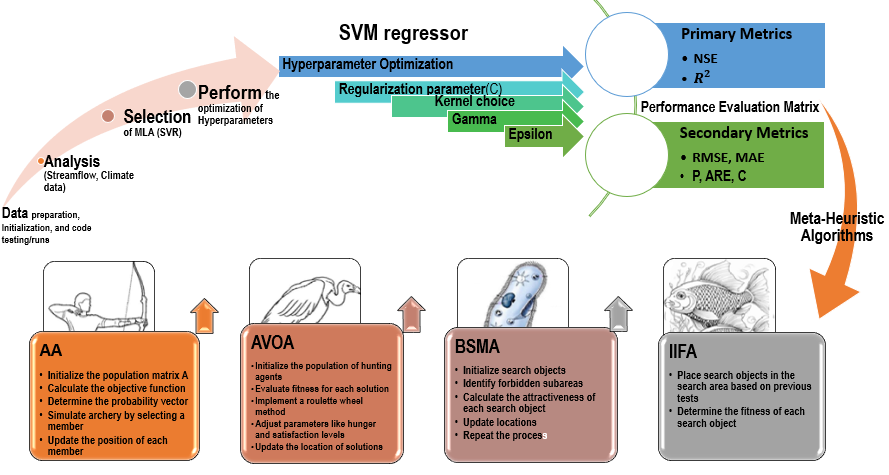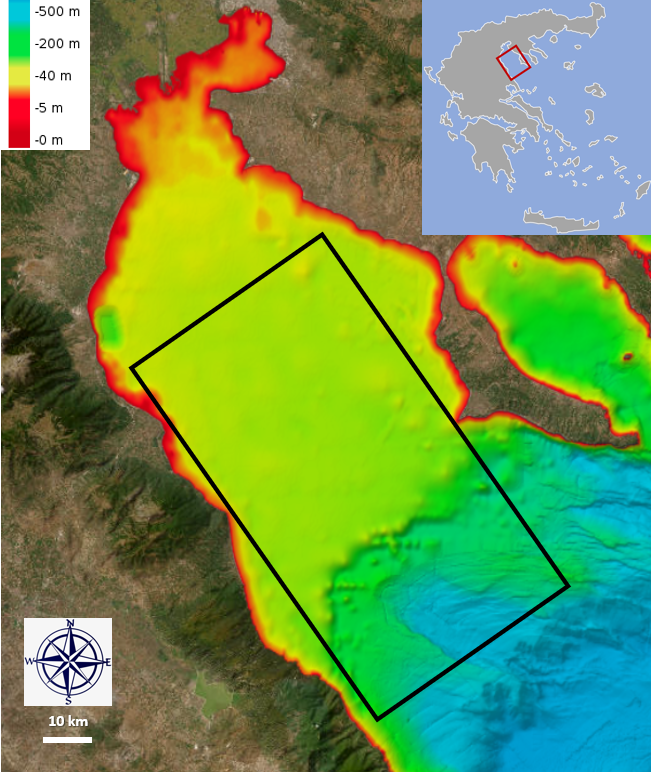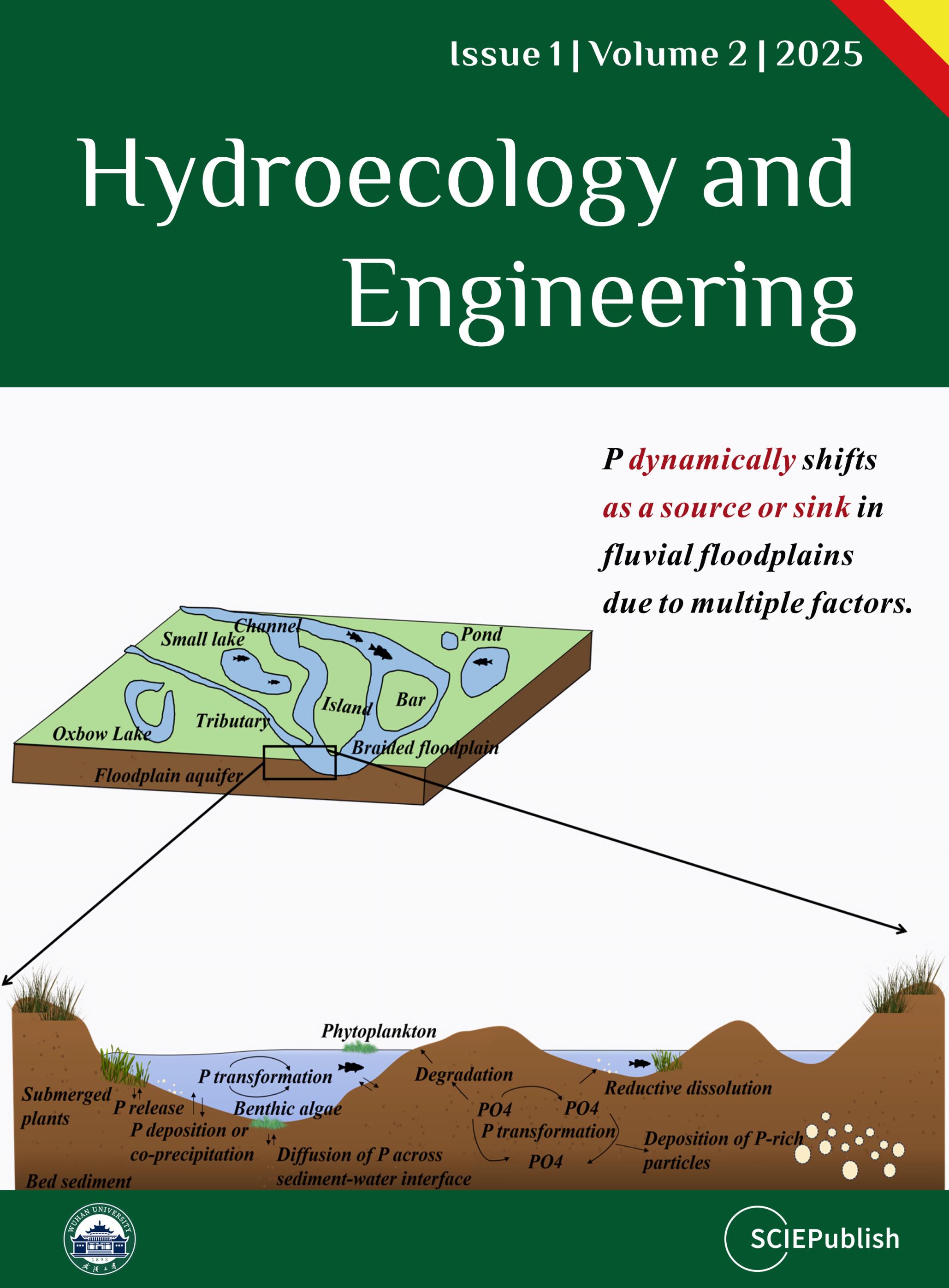Water, as
vital natural resource, is indispensable for human activities, both directly
and indirectly. It significantly contributes to a country’s economic
development, encompassing above-ground and underground water resources.
However, ongoing pollution from surface contaminants is causing concerning
degradation in both confined and unconfined aquifers, warranting the need for
addressing this issue. Water quality indices (WQIs) serve this purpose by
simplifying complex water quality data, providing a single value for easier
interpretation. Surface water quality indices have achieved global recognition,
while the development of groundwater quality indices is an evolving field. WQIs
are established based on specific water quality criteria set by national and
international organizations, which consider various parameters based on the
intended use of water bodies. Consequently, numerous WQI models exist,
including National Sanitation Foundation (NSFWQI), Oregon (OWQI), British
Columbia (BCWQI), Canadian Council of Ministers of the Environments (CCMEWQI),
and country-specific variants tailored to the unique requirements of individual
regions such as Vietnam, India, Indonesia, Spain, Canada, Malaysia, and others,
all in accordance with the specific characteristics of the water system under
assessment.utf-8
 Open Access
Open Access

















